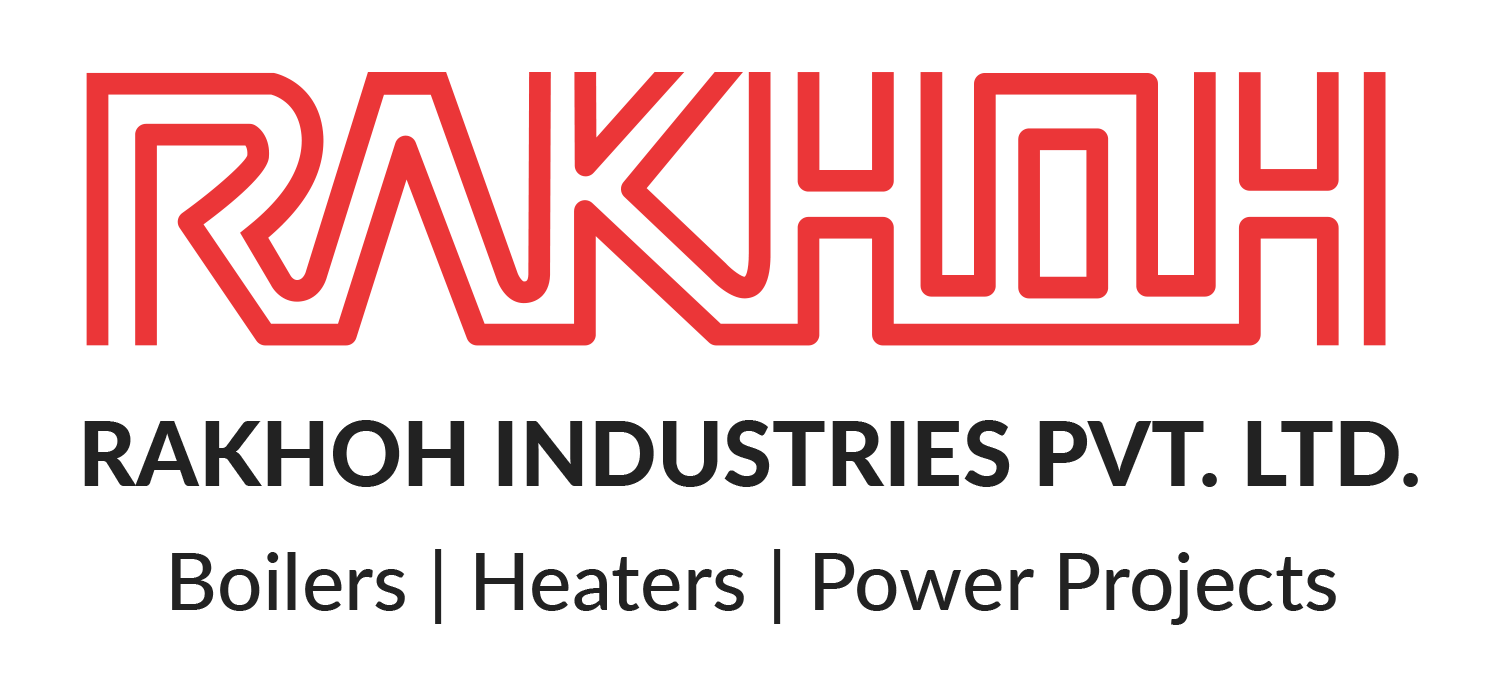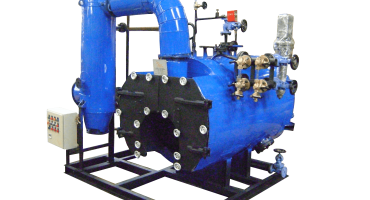Importance and Advantages of Insulation in Steam Boilers
Steam boilers are a vital asset of the process and manufacturing industries globally. Plant managers take every measure to ensure that the boilers are well-functioned and deliver optimal results by following standard guidelines, regular maintenance, and steps to increase the efficiency of the steam boiler. One of the ways to ensure the optimum output of the steam boilers is proper insulation. Insulation is necessary for the safety of the process plant and energy efficiency. Poor boiler insulation is worse than a boiler without insulation. Therefore, it is paramount to assure proper insulation in steam boilers for effective results.
What is Insulation in Steam Boilers?
In simple terms, insulation helps a steam boiler in storing its thermal energy. Similar to the way a woolen garment retains heat in the body during the winter season. Boiler insulation is used to keep steam boilers and their pressure vessel units hot, prevent radiant heat loss and provide safety and protection to the processing unit and operating team. Proper insulation prevents the surface temperature of steam boiler doors and covers to exceed the required degrees of Fahrenheit. It results in causing danger to the operating personnel working in the vicinity of the boiler surface. It is advisable to insulate any surface that exceeds the temperature by 120°F. Boiler insulation includes insulating,
- Steam Boiler Doors
- Steam Drums Covers
- Steam Boiler Piping
Boiler piping insulation is important for its operation. However, it is often overlooked and may lead to significant heat loss. Proper insulation in team boilers results in energy conservation, plant and employee safety, and acceleration in efficiency for process operations.
Importance of Insulation in Steam Boilers:
Combustion in the furnace and the flue gases in the boiler shell tube heat the surface area that leads to steam generation or heating of water. Partial of the energy gets conducted away to the boiler shell surface.
As the steam boiler shell begins heating, it passes the heat to the surroundings to produce steam or heating water. Poor insulation causes loss of heat, resultantly reducing the efficiency of the steam boiler. Such situations are severe in rainy and winter seasons when the heat requirements increase significantly.
Therefore, both the water tube boiler and fire tube boiler must be properly insulated to prevent major heat losses. It has been found that in steam boilers, a loss of 20 to 22 degrees Celsius leads to a reduction of 1% of boiler efficiency.
Advantages of Boiler Insulation:
Considerable heat loss can lead to several issues, such as high expenses and a dangerous work environment. Proper boiler insulation prevents such significant loss and provides extensive benefits like,
Increased Efficiency:
As the steam boiler loses a significant amount of heat, it is required to operate intensively to attain the desired heat level to generate steam or hot water. Proper boiler insulation ensures that the heat is retained for easy and rapid heating of the boiler system. It leads to saving both time and money.
Saves Energy:
Proper boiler insulation can raise the temperature by 2° F to 4° F compared to steam boilers without or with poor insulation. Consequently, it can save up to 3% to 4% energy annually.
Safety and Reliability:
Proper boiler insulation ensures the safety of the process plant and the operating personnel. If boiler pipes are not insulated properly, it becomes excessively hot. Personnel operating near the vicinity of such structures are prone to get injured or burned due to excessively heated surfaces. It may also cause damage to the property of the processing unit.
Saves Expenditure:
Significant loss of heat leads to high expenditure. If steam boilers are left with poor insulation as they pass heated fluid, it requires additional energy to perform at an optimal level. Boiler insulation prevents thermal loss and thereby reducing loss of energy and expense.
Types of Boiler Insulation:
It is prudent to consider the type of insulation best suited for a steam boiler. There are two types of boiler insulation primarily preferred,
Removable Insulation:
As the name suggests, removable insulation can be removed easily and is ideal for steam boiler systems that frequent inspection and maintenance. It is easy to install and remove to access the component. It significantly reduces energy and heat loss without requiring any permanent fixture. The harness of the removable insulation is made from numerous materials including, snaps, straps, Velcro, and springs.
Permanent Insulation:
Permanent insulation is commonly found in boiler systems that do not require regular access to its components. Permanent insulation is sturdy and long-lasting that permanently encloses the surface that needs to be insulated. It is ideal for plants requiring long-term insulation without frequent inspection and maintenance.
Factors to Consider in Choosing Boiler Insulation:
Various factors should be considered while choosing boiler insulation, such as,
- The maximum temperature reached by the insulated component
- Potential exposure to the components
- Ambient temperatures
- Heat Retention Capacity
- Frequency of Insulation Removal
- Safety Requirements
- Space Availability
Since its inception in 1983, Rakhoh Boilers have strived to deliver efficient industrial steam boilers and thermal solutions to the clients. We are reputed to be a trusted name as a boiler manufacturer in over 26 countries worldwide. Over our journey of more than 38 years, we have provided efficient industrial boilers, waste heat recovery systems, boiler accessories, and boiler services to over 20 process industries.
Learn more about our products and services at www.rakhoh.com
- Published in Boiler








